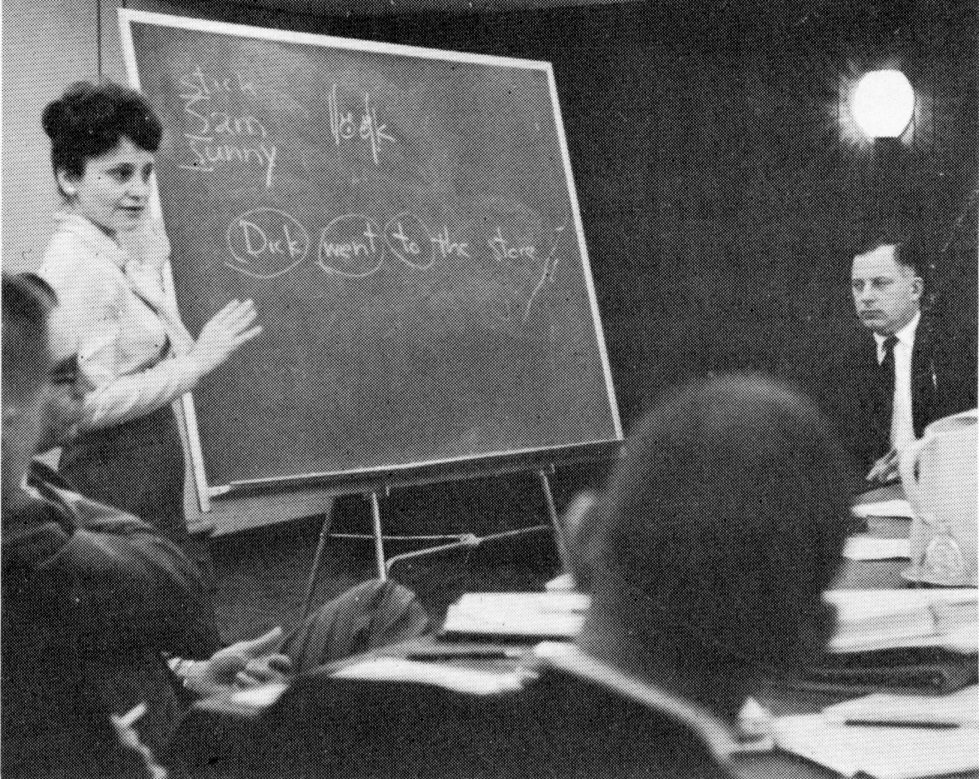
The Basic Reading Series Story
Dr. Donald Rasmussen and Lynn Goldberg developed the BASIC READING SERIES in the early 1960s at the Miquon School, a small parent-teacher cooperative near Philadelphia.
At that time, most children were taught to read using the “sight” or “look-say” method epitomized by the “Dick and Jane” readers, and many were left behind. Don and Lynn knew there must be a better way, so they spent five years developing their own reading program based on the work of the renowned linguist Leonard Bloomfield. They called their method “inductive whole-word phonics with a strong linguistics research base.”
After tryouts in inner-city and suburban schools around the country and almost a dozen revisions, the BASIC READING SERIES was published by Science Research Associates (SRA) and enjoyed great success. Over the years, other reading methods have come and then gone out of favor. Now, decades later, phonics is recognized as the scientific approach to reading instruction, and the BASIC READING SERIES is once again available.